2016 Toyota Prius Touring Review

You’ve probably heard all about the Prius before.
“It’s slow,” someone will say. “It’s efficient,” is another common way to describe it. “It’s boring,” is maybe the one you’ll hear the most. Logically speaking, it makes sense to think of something that’s slow and efficient as boring, but it’s time for people to rethink that.
For the 2016 model year, the Prius tries to ditch that stereotypical “boringness.” It’s still a hybrid, it’s still funny looking, and now it’s more fuel-efficient than ever, but the Prius has actually become significantly better to drive.
Next-gen Car Gets Next-gen Architecture
The better driving starts with the bones of this car, as the Prius uses a new architecture that’s been designed to accommodate a number of upcoming Toyota and Lexus vehicles. Toyota’s upcoming small crossover, the C-HR, will also be built on the same platform.
The new architecture will give the cars a low center of gravity and a new double-wishbone rear suspension. In the Prius’ case, the car is more rigid than its last iteration, something that joins forces with the low center of gravity and updated suspension to give it a more a responsive chassis.
FAST FACTS
| Engine: | 121 horsepower |
| Transmission: | Electronically controlled continuously variable automatic |
| Fuel Economy (MPG): | 54 miles per gallon city, 50 highway, 52 combined. |
| Fuel Economy (l/100kms): | 4.4 city, 4.6 highway, 4.5 combined. |
| Price (USD): | The Prius Two starts at $25,035 including $835 in delivery fees |
| Price (CAD): | In Canada, the entry price is $25,995 and the most expensive Prius, the Technology with Advanced Package, ends at $31,990. |
That means when you first twirl the wheel of the 2016 Prius, you get an immediate reaction, instead of the delayed, lazy and disconnected feeling the previous Prius became known for. It means that driving the Prius doesn’t feel like a punishment, and ultimately, you’ll have more reasons to smile while driving this car.
Smiles and Miles per Gallon
I say more reasons to smile because you may find yourself laughing at the numbers the car’s trip computer displays while you’re driving. While the car is rated at 52 mpg combined, our week of testing saw numbers closer to 58 mpg without even trying. Every time I looked at the fuel economy readout, my eyebrows raised a little higher than before because I couldn’t believe how little fuel the car was using.
And, yes, while the car is fairly slow to 60 mph, it’s much faster than before, thanks to the synergy achieved by the updated 1.8-liter four-cylinder engine and the new electric powertrain. With fewer parasitic losses, the engine has an improved thermal efficiency, which is something that should excite the few engineers reading this.
Driving around town, I didn’t beg for more power. It can hit and maintain highway speeds easily. Braking is a bit spongy, as the regenerative brakes work to pump some more energy back to the hybrid system.
ALSO SEE: Top 10 Alternatives to the Toyota Prius
The electric components have been updated, too, and while basic models come with older nickel-metal-hydride batteries, other models come with spiffy new lithium ion batteries. These batteries are smaller than they were in past Prius generations, and fit neatly under the rear seats. Total power from the two powertrains is just 121 hp, which is a little on the low side when you consider the 1.8-liter four-cylinder in the Toyota Corolla makes 132 hp.
Chassis Chatter
Still, the Prius can live with a lower output because it’s designed for keeping fuel consumption low. Another important way the Prius manages this, beyond its advanced and efficient powerplant, is by keeping its weight low. The car is constructed with hot-stamped high-tensile steel and aluminum components to keep weight down. When automakers cut weight from their vehicles, cars typically end up being noisier, but this isn’t the case with the Prius.
Finally, the aerodynamic shape of the Prius is another feature that helps it get such impressive fuel economy. The car boasts a 0.24 coefficient of drag, which is among the lowest in the industry. In addition to the wedge shape that contributes to this amazing aero, there are active shutters in the grille that shut to keep air flowing over the car to save fuel. Eagle-eyed car fans or wind-geeks will also note little fins all over the car, especially by the front quarter window and on the tail lamps that help direct airflow. Some people have mentioned the car looks strange. While I think it’s hard to call pretty, I don’t think the car is particularly ugly. Unique and easy to spot, the Prius maintains its character through its new design.
ALSO SEE: Toyota Prius is Now the MPG King, According to Consumer Reports
No Beauty On The Inside
Without a doubt, the Prius boasts an efficient powertrain, an aerodynamic, low-weight body and finally some better driving dynamics, but there’s one part of the car that can’t be ignored and that’s the interior. Sadly, there’s not much good news to be said here. While the car features a unique design, including a joystick-like gear selector, it’s best described as too quirky. The central gauge cluster features screens that could be a bit bigger. Important information shouldn’t be stashed so far away from the driver, right? I’m also not a fan of the white panels used on the lower dash and storage areas. It can get dirty quickly and doesn’t look or feel particularly high end. Other panels are better, and the seats are supportive. The rear seats are a bit tight, but there’s a good amount of cargo room in the Prius, up to 27.4 cubic feet depending on the trim level.
There’s also a good amount of safety tech in the car thanks to the Toyota Safety Sense, which includes a pre-collision system, pedestrian detection, lane departure alert, automatic high-beam and adaptive cruise control that can bring a car down to full stop. The cruise control was great in both traffic and on the highway.
The Verdict: 2016 Toyota Prius Review
Starting at $25,035 and ranging all the way to $30,825, (while in Canada, the entry price is $25,995 and the most expensive Prius, the Technology with Advanced Package, ends at $31,990) the Prius is not only frugal with fuel, but extremely budget friendly. It’s great that it drives better than before, but the killer app of the Prius is how efficient it is and, fortunately, it’s still the king when it comes to that.
LOVE IT
- More fun to drive
- SO MANY MPGs
- Safety Tech
LEAVE IT
- Interior
- Still slow
- Rear seats a bit small

Sami has an unquenchable thirst for car knowledge and has been at AutoGuide for the past six years. He has a degree in journalism and media studies from the University of Guelph-Humber in Toronto and has won multiple journalism awards from the Automotive Journalist Association of Canada. Sami is also on the jury for the World Car Awards.
More by Sami Haj-Assaad



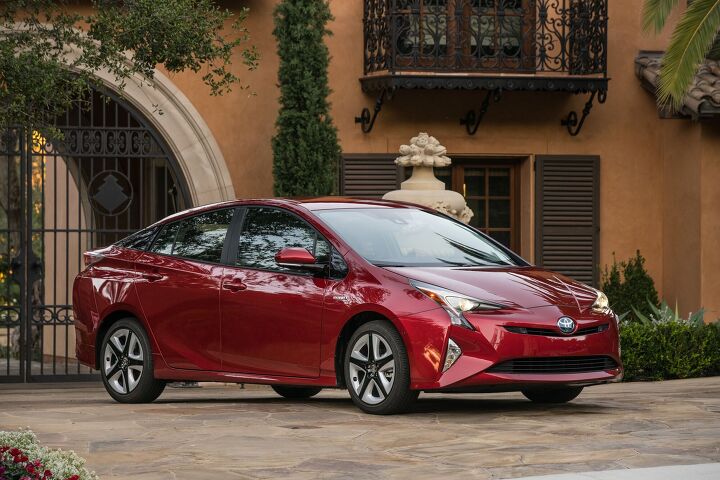
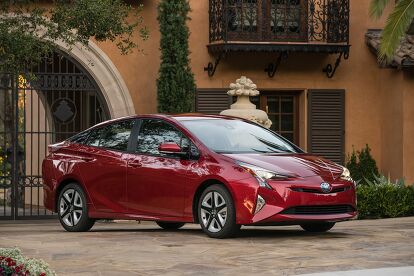








































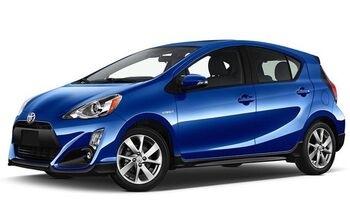
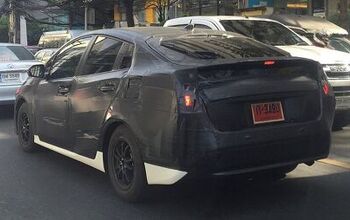
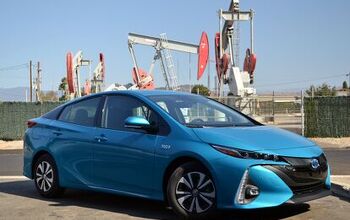
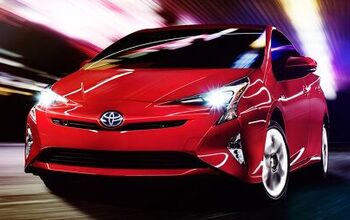





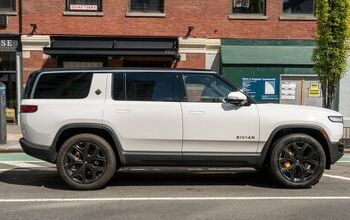
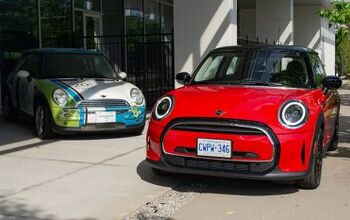

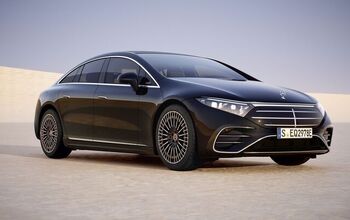

Comments
Join the conversation
I have had the Prius II (nickel-metal-hydride batteries) for a few months now and have never gotten less than 60 MPG. I am currently pulling 73 MPG with the summer blend. I just drive within 5 Miles of the speed limit and try not to accelerate too hard. I usually drive in Eco mode, but the sport mode can be a lot of fun too (although I think that may drive you under the 60 mpg mark :-) )
Hello Pete. Many with think you may be fudging these numbers, but I know better. As with you, my 2014 returns over 60 pretty often and even 70 on occasion. I"m an old guy now and looking back across the decades I've driven cars, I favor this one over all the rest. I must say, there have been several really nice cars in that history, but I almost never get in this one without consiously thinking out loud, how much I enjoy it.